For Families Forced Out, a Reason to Return
San Francisco, California
Writing by Alexandra Tilsley
Photography by LYDIA THOMPSON
Mission Promise Neighborhood is a bit of a misnomer.
It’s in San Francisco’s Mission District, yes, and like all Promise Neighborhoods, it offers residents services from cradle to career. But in the Mission, the term neighborhood is tricky.
“That’s one of the things I’ve always thought was really challenging,” said Jaime Aragon, service coordination manager for the Good Samaritan Family Resource Center, which provides a range of services to low-income Latino families. “How do you define the Mission?”
The Mission, which covers almost two square miles in central San Francisco, has historically been a cultural hub for Central American immigrants. It used to be a place, one long-time resident said, where neighbors would walk down the street and greet each other with “buenos días.” But things are changing.
As the tech industry has grown and housing prices have risen in all of San Francisco, the effects have been particularly acute in the Mission. The median rent in San Francisco increased $543 between November 2010 and February 2014, but it jumped $971 in the Mission during that same period. The median price for a one-bedroom apartment in the Mission in June 2014 was $3,250. The median household income for Latino families in the Mission, however, was $47,943, or $3,995 per month.

That means families are either sacrificing spending on needs like health care or food, doubling up (or tripling or quadrupling up) with other families in small apartments, or moving somewhere else. In fact, in the time between when the Mission Economic Development Agency (MEDA) submitted its application to form the Mission Promise Neighborhood (MPN) and when the Promise Neighborhood grant began, whites overtook Latinos as the majority in the Mission.
Yet even when people leave, they never really leave.
“People live in the Bayview or Potrero Hills, but they still come to the same laundromat. They have laundromats over there, too, but they come here because they still have the same group of friends, and every Saturday your friends are there, you know each other,” said Celina Ramos-Castro, a family success coach for MPN.
| Demographics | 2000 | 2010 | 2013 | 2020 (projection) |
|---|---|---|---|---|
| Mission's total population | 60,202 | 59,040 | 56,873 | 53,871 |
| Mission's Hispanic population | 30,145 | 24,066 | 21,893 | 19,041 |
| Hispanics as a percentage of total population | 50% | 40.80% | 38.50% | 35.30% |
Sources: American Community Survey 2000, 2010, and 2013.
Demographic Change
| 2000 | 2010 | 2013 | 2020 projection |
| 60,202 | 59,040 | 56,873 | 53,871 |
| 2000 | 2010 | 2013 | 2020 projection |
| 30,145 | 24,066 | 21,893 | 19,041 |
| 2000 | 2010 | 2013 | 2020 projection |
| 50% | 40.80% | 38.50% | 35.30% |
Sources: American Community Survey 2000, 2010, and 2013.
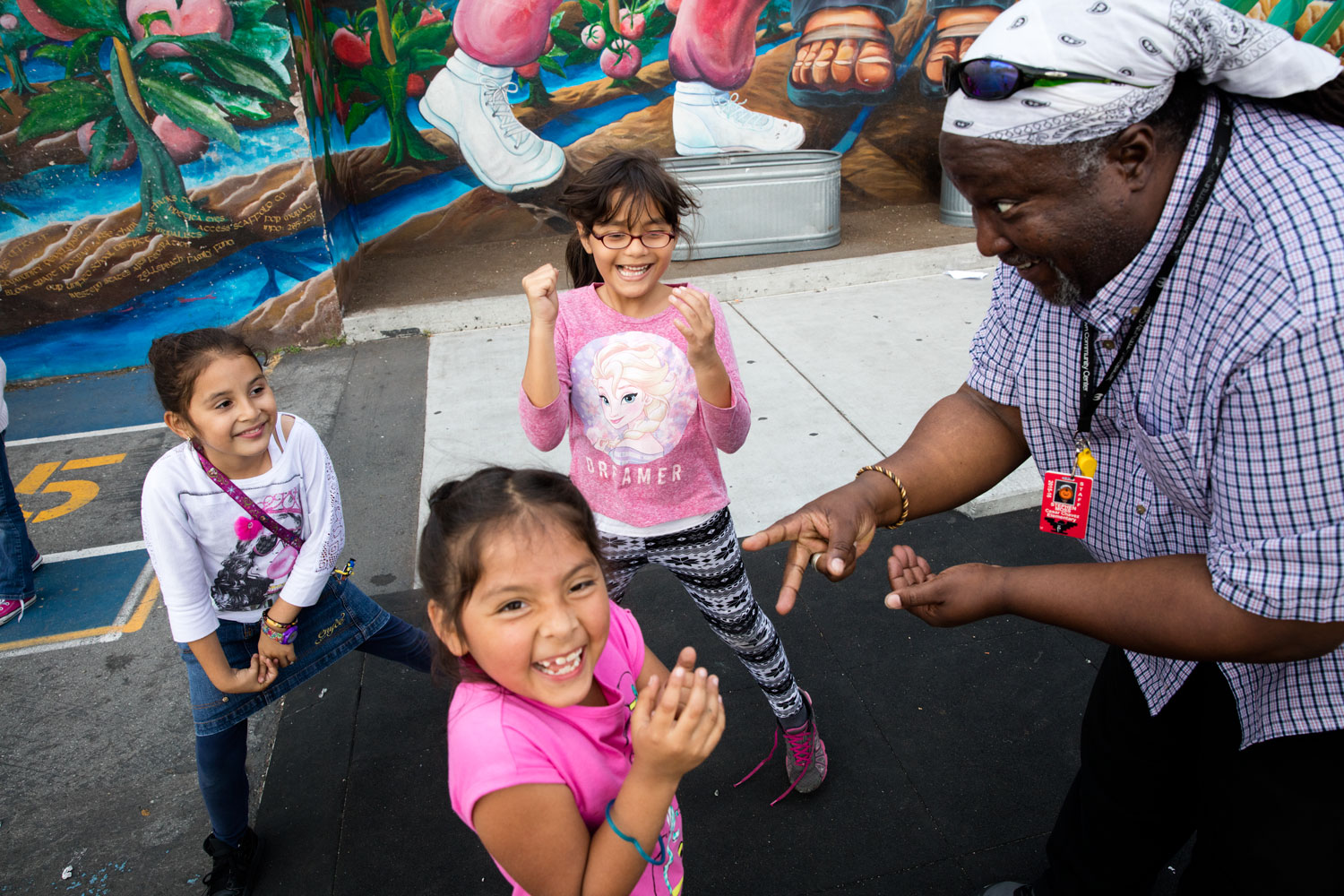
Serving a Dispersed Population
It’s not just laundry that’s motivating displaced residents to make an often long, expensive trip back to the Mission—it’s also the services. Former Mission residents sometimes travel for hours to get to the neighborhood to have their taxes done at MEDA, to drop their kids off at Cesar Chavez Elementary School, or to attend English classes at Good Samaritan. Because the Mission has for so long been home to immigrants trying to find their footing in the United States, an abundance of help is available that families are often loath to leave behind. That concentration of services combined with the flow of residents in and out of the Mission provides both the basis for and the challenges to MPN’s work.
– Michelle Reiss-Top, technology and data systems manager, Mission Promise Neighborhood
Led by MEDA, MPN is a collaboration among four schools and about 20 different agencies that, like all Promise Neighborhoods, seeks to transform the community and break cycles of poverty by providing services from cradle to career. When the grant began in 2012, MEDA envisioned channeling services to both students and families through the family success coaches placed at neighborhood schools. “Our whole vision for this was that we could create better-coordinated services, because, you know, we’re saturated, there are so many agencies here. But in the better coordination of services the outcomes would be better,” said Monica Lopez, director of evaluation at MPN.
But now 80 percent of kids in MPN schools don’t live in the Mission. Many of them did when they started school, but their parents have since been priced out of the area. In some cases, parents chose to send their children to Mission schools because they were already traveling there to receive services. San Francisco is a choice-based district, which means kids don’t have to go to school in the neighborhood they live in. A child who attends an MPN school is as much a part of MPN as a family that lives in the Mission. As families have been dispersed around the Bay area, however, the coordination Lopez envisioned has become more complicated.
Families come to MPN through different avenues. Some are connected to a family success coach at their child’s school; others start somewhere like MEDA, perhaps looking for help with taxes or other assistance, and end up being referred to another MPN service. Common to all families, however, is that as soon as they come into contact with an MPN-affiliated organization, they are entered into a new database.
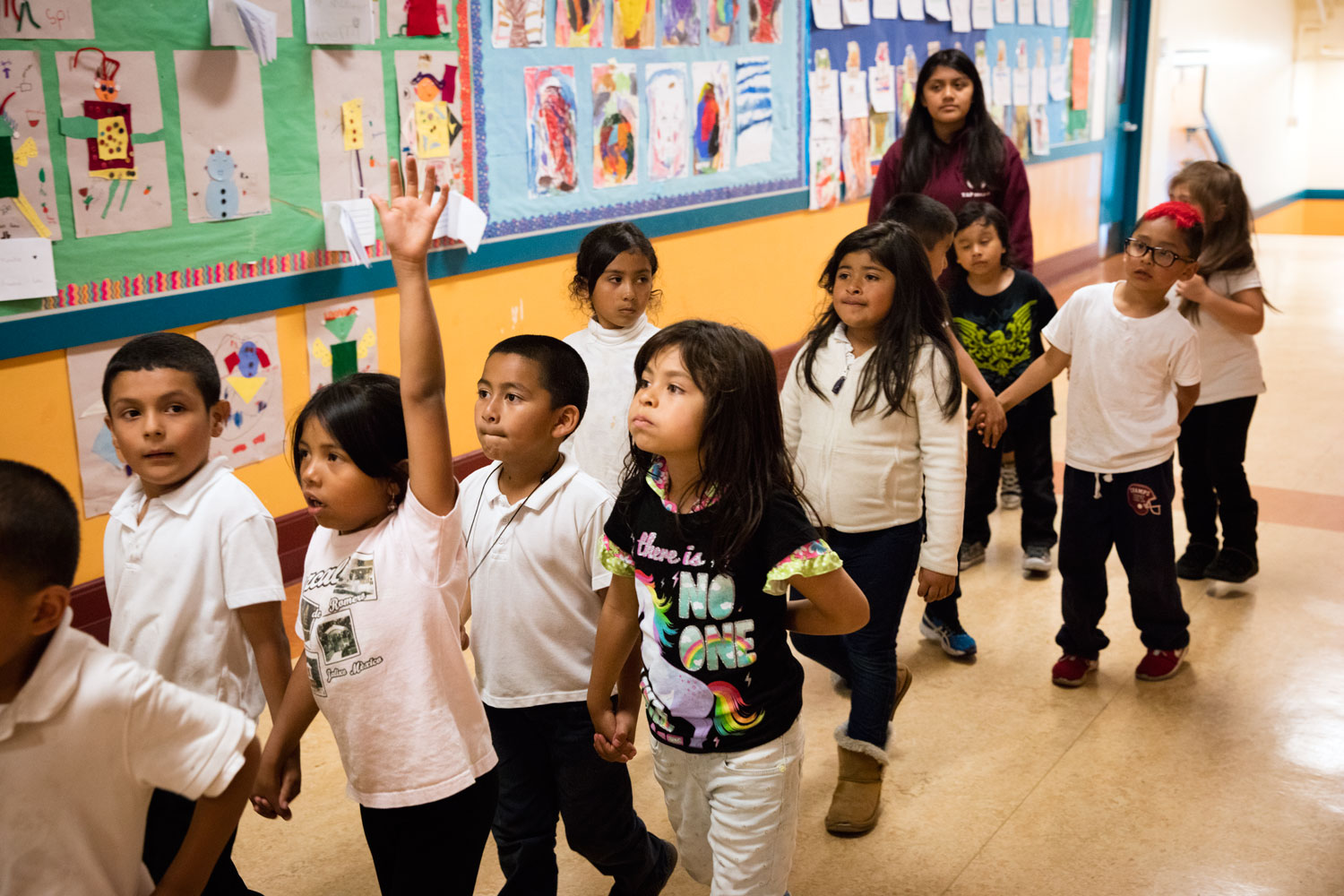
The new database, created with Salesforce, was born from the Promise Neighborhoods grant and is MPN’s way of coordinating services in a quickly changing landscape. Every MPN organization inputs demographic and service data for each client, allowing other organizations to quickly see a person’s story. The database also allows service providers to refer a client to another organization. If, for example, a mother comes into Good Samaritan looking to enroll her son in preschool but mentions that she is about to be evicted, Good Samaritan can search the database for tenants’ rights organizations and click a button to fire off an email referral.
“So, the onus to follow up was now on us as staff, not just on mom,” said Michelle Reiss-Top, technology and data systems manager at MPN.
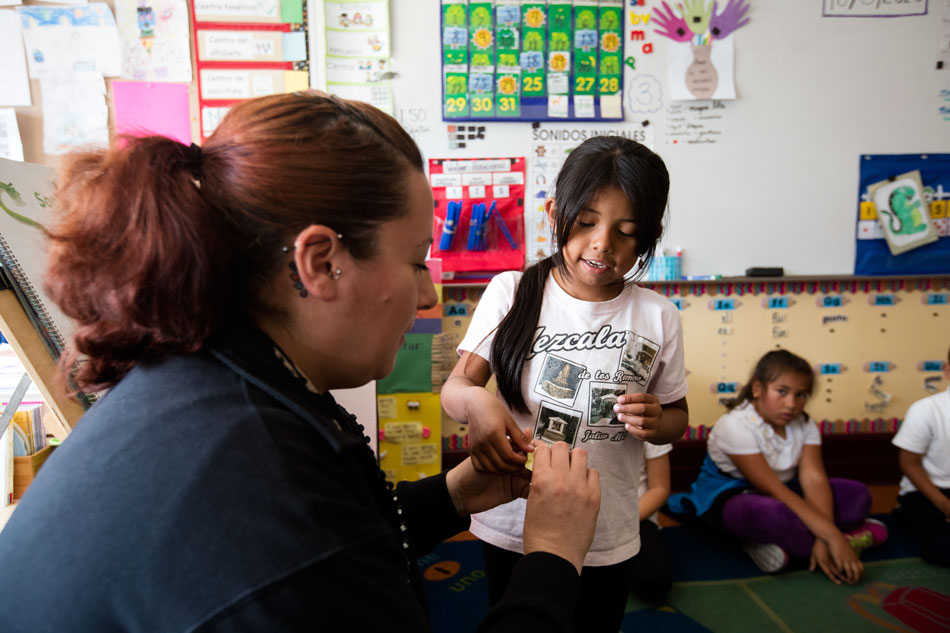
Building a Culture of Data
Reiss-Top said the need for the referral tool became clear during discussions with partner organizations early in the implementation period of the grant. Every organization was making referrals, but few knew what happened next.
- Raquel Donoso, director, Mission Promise Neighborhood
“We asked organizations if they knew what happened after a referral was made, and everyone said no. But then we asked would they like to know, and everyone said yes,” Reiss-Top said.
Of course, getting theoretical buy-in was easier than getting organizations to actually adopt the database. Some organizations already had their own database, so entering data for MPN meant adding work. Others worried about referring clients to organizations their staff weren’t personally familiar with. Further, many of the organizations that saw the value of such a database lacked a staff member with enough data experience to navigate Salesforce. MPN staff spent much of the early years of the grant training partner organizations and helping them see the potential benefits of data.
“You’re really changing culture, you’re changing logistics and workflow, to add something like this,” Reiss-Top said.
But for some, the value was immediately evident. At Good Samaritan, which offers more than a dozen different programs, MPN’s Salesforce database was a welcome replacement to their old system of tracking clients, which involved written logs and one big Excel spreadsheet.
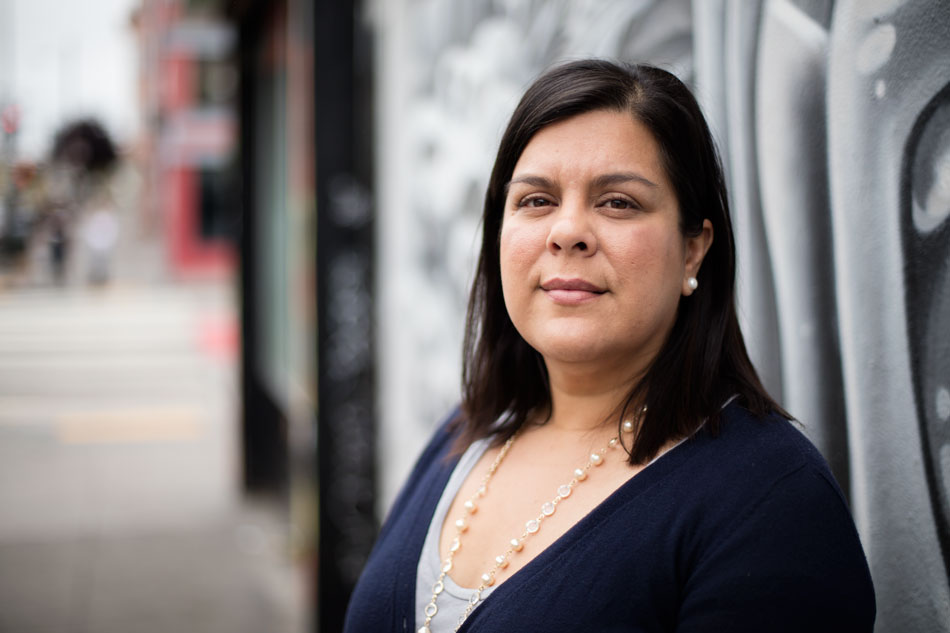
“I love it,” said Michelle Padilla, a family advocate at Good Samaritan. “It’s very helpful when I’m with a client and I’m trying to refer them somewhere else, like to a preschool, that instead of calling and trying to talk to someone I can, right away, do a referral in Salesforce and get a response to see if they were able to see the person.”
MPN’s family success coaches, who work with families to identify needs and coordinate services, also see great value in the increased data capacity. Ada Alvarado, an early-learning family success coach, said the Salesforce database and the referral tool help her better track families’ needs and whether they’re being met.
“The referral tool helps break down barriers,” she said.
The database can also help foster trust. Melissa Aguilar, intake and data specialist at Good Samaritan, said that when a new client comes in, the first thing she does is look up his or her name in Salesforce.
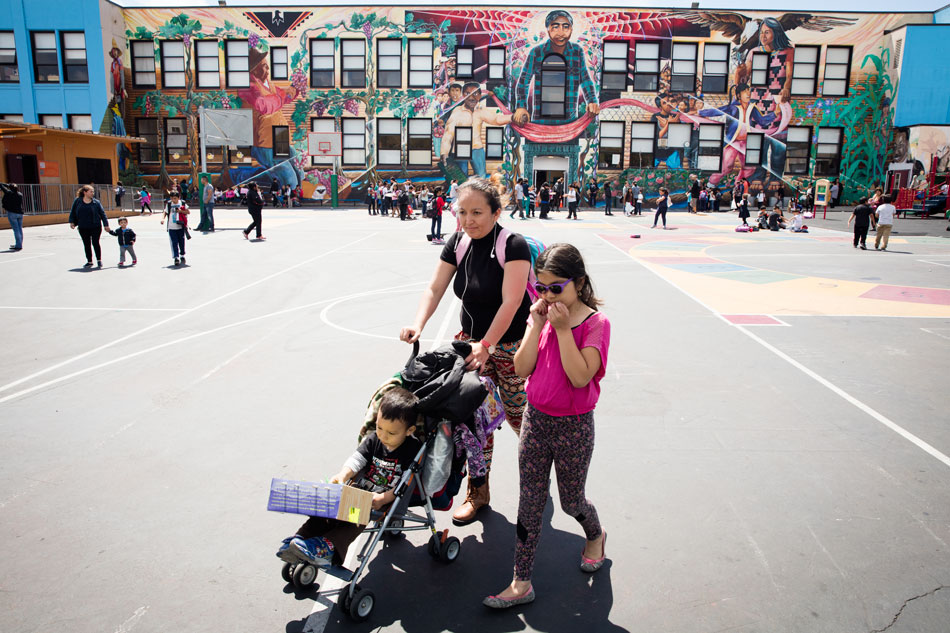
“If her name pops up, I verify some information and just let her know we’re MPN. I see their reaction and they’re like, ok, you have a track record,” Aguilar said. “That has a lot to do with trust building.”
Some partner organizations have used the system to rethink their internal data collection. Myrna Melgar, executive director at Jamestown Community Center, an organization that provides after-school programming, said that before MPN, Jamestown only collected survey data from kids. Now, they have loftier goals.
“Because of MPN, we started thinking about stuff a little more deeply and started collecting new data about families and participants,” she said. “It helps us in terms of program design to serve those kids a little more intentionally.”
Finding the Secret Sauce
Jamestown doesn’t yet have data on the effects of its programs—the initial step has been to overcome staff resistance and integrate data collection into the program—but Melgar is optimistic about the potential. She wants to know whether Jamestown’s soccer program leads to higher parent engagement and whether the family dinner program is linked with a decreased likelihood of kids dropping out of school. And if the programs aren’t having the intended effects, she’s prepared to adjust.
MPN as a whole doesn’t have data on impact either, but it is getting closer. As partners embrace Salesforce and the referral tool, tracking participants’ outcomes and measuring the reach of MPN’s services has become easier. The next step will be to use that data to figure out whether a suite of coordinated services improves educational outcomes and which combination of services makes a difference.
“How do we find out what that secret sauce is for families and really home in on what we do to focus on those pieces?” asked Raquel Donoso, MPN’s director. “Sometimes there’s a lot of noise, and it would be nice for the data to help us identify what the noise is to get rid of it, so we can really be stronger around the pieces we know will make a bigger impact.”
Getting rid of the noise might be a tricky proposition. After all, that noise results from the plethora of organizations that make the Mission the hub that it is. But Donoso believes that doing the hard work of focusing on services that truly help families and phasing out or revamping others is important to the families’ futures. After all, if families are going to trek in from as far as Antioch, almost 50 miles away, that trip needs to be worth it.
In the meantime, staff from MPN and the partner organizations hope that even without data on impact, the Salesforce data can become a force for change.
“The data we collect is the voice of our clients. The way that we can turn it back around in our analysis and in our learning is a way for our families to speak. And it’s more powerful because it's a collective voice,” Reiss-Top said. “But the dirtier our data is, the more muffled that voice is. The more pure and the more robust and the more that we can collect together, the more powerful that voice is.”


